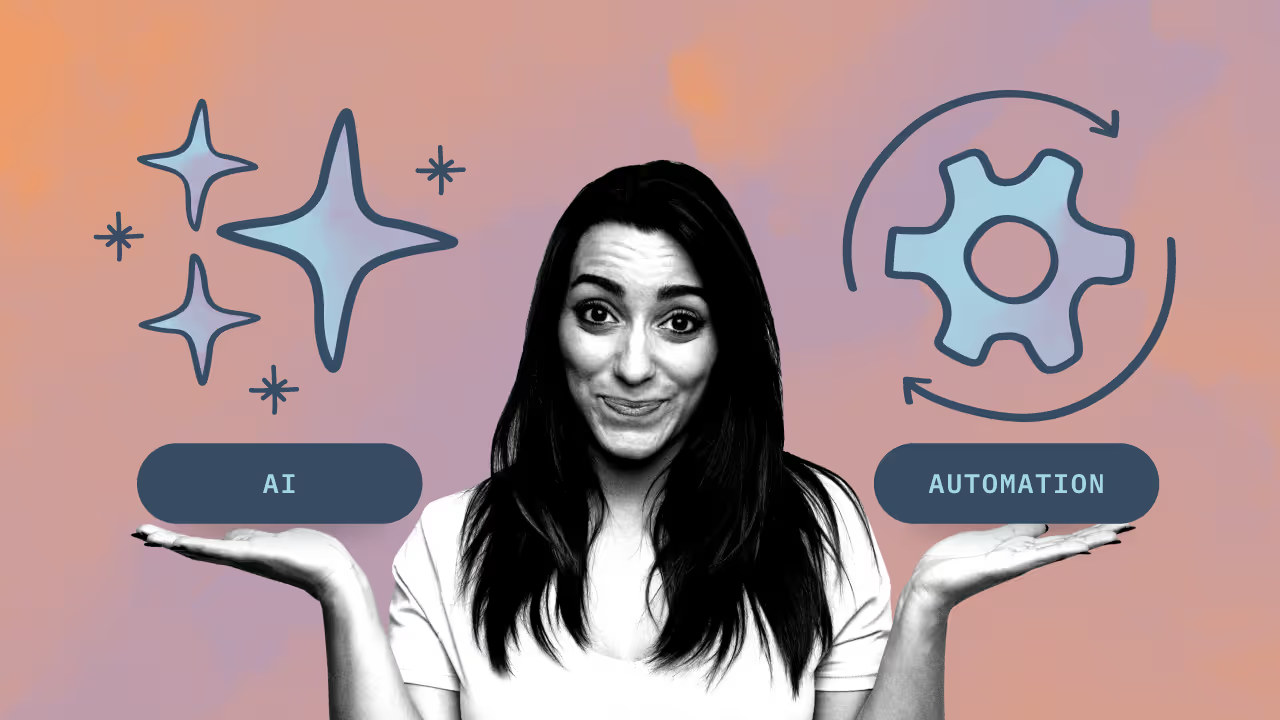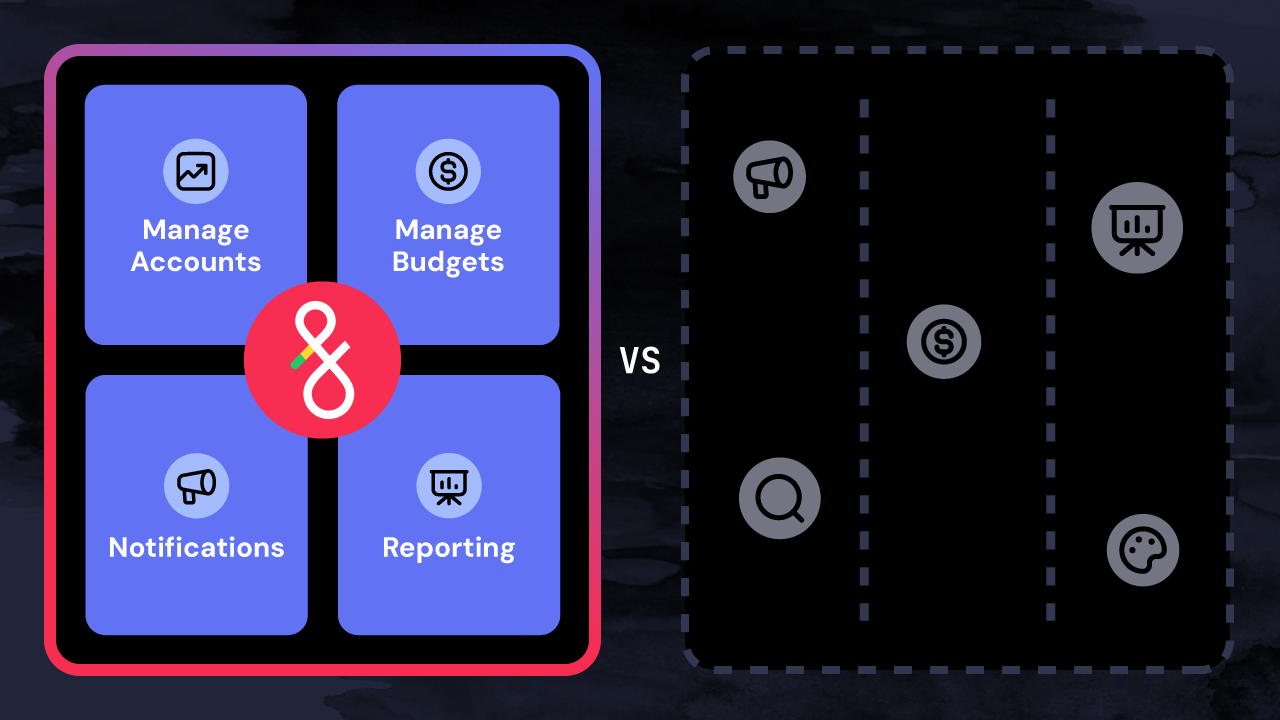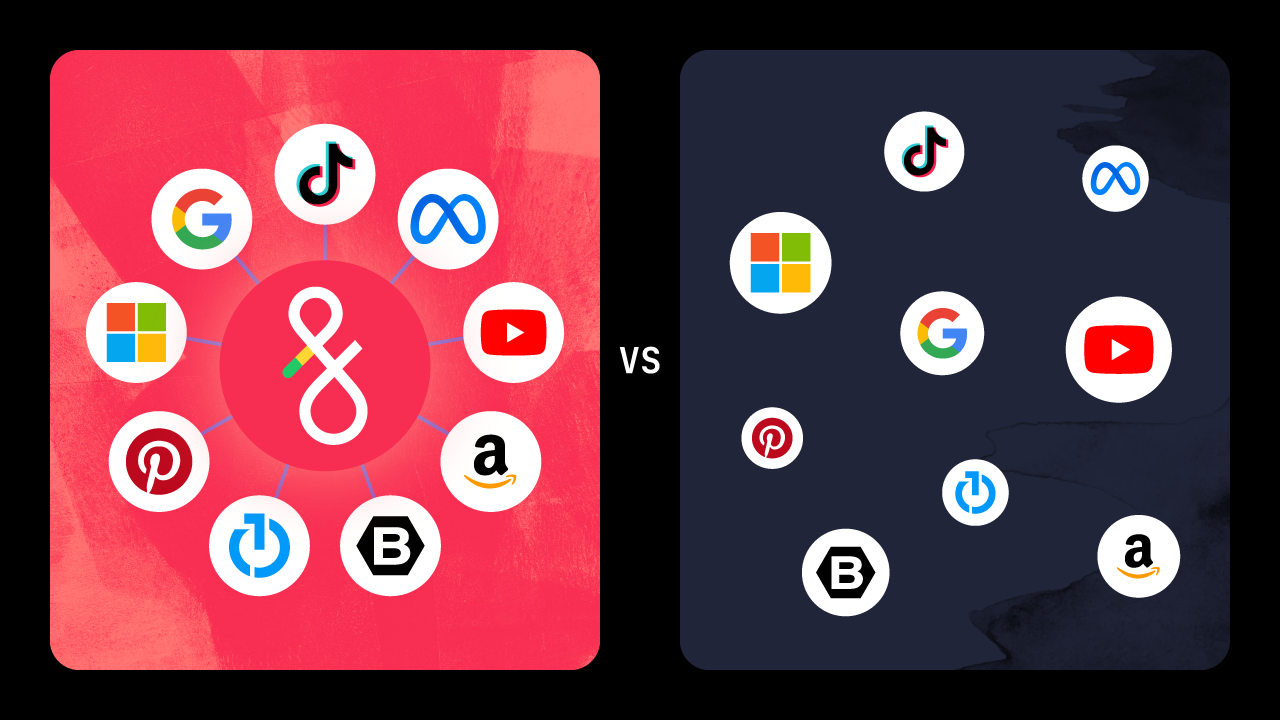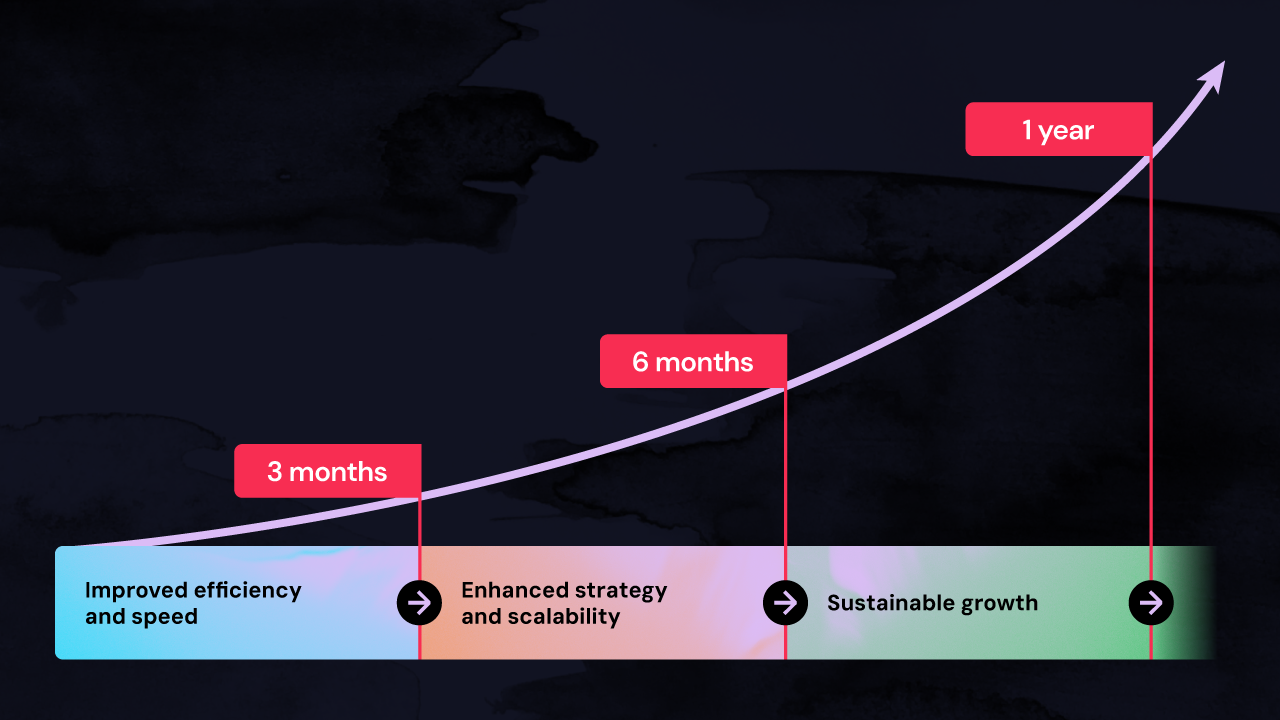The pace of technological change in digital advertising can cause any of us to lose our way. As ad ops professionals, it is important to understand two underlying technologies that are powering the future of our space: AI and automation. These technologies are not synonyms for one another, each providing a value added function, however, when combined and applied strategically, they can have transformative benefits.
Automation and AI are both distinct and incredibly complementary. Automation is deterministic (predictable) in its outcomes and excels at handling repetitive processes, allowing customization and decision-making based on specific situations. AI serves as an engine capable of autonomous decision-making and creating new content. I like to think of them as super suits for digital strategists — as we look ahead, the future digital strategist will be augmented with the computational power to handle tedious tasks effortlessly.
If you’ve run into issues sorting between the two, or need a guide to clarify the differences to your teams, our article will explore:
- Why automation and AI get conflated
- The powerful synergy between AI and automation
- How robotic process automation (RPA) fits in
- Rising concerns among advanced technologies
- How you can leverage these strategies for optimizing your campaigns
- Practical tips for enhancing your workflow efficiency
Why automation and AI get conflated
Automation and AI are two distinct, yet complementary technologies that have sparked much confusion due to their overlapping yet different purposes and applications. Automation refers to the use of technology to execute repetitive tasks or processes automatically without human intervention. This concept has its roots in manufacturing, where machines perform predictable, routine activities such as assembling parts or packaging products. The primary goal of automation is to streamline operations.
In contrast, AI is designed to simulate human intelligence and decision-making processes. Unlike automation, which follows pre-defined rules and commands, AI learns from data inputs to make informed decisions, often in real-time. This makes AI particularly powerful for tasks that require analytical thinking or adapting to new situations. While automation implements the decisions a human or AI makes, AI itself drives the decision-making process.
The recent emergence of generative AI has expanded the capabilities of automation, enabling more sophisticated, dynamic systems, while simpler to implement. When used together, automation and AI can greatly enhance efficiency and productivity across various sectors. Automation executes routine processes, freeing up time for workers to focus on complex tasks, while AI brings an advanced layer of intelligence that helps users accelerate cognitive workstreams like content development, ideation and analytics so that they can make better-informed decisions. In this way, both technologies, though different, work hand-in-hand to push the boundaries of productivity and performance.
The powerful synergy between AI and automation
AI and automation together offer substantial benefits, particularly in ensuring brand compliance and maintaining truth in advertising. Despite some risk, the adoption of AI can unlock simplicity and improve automation functionalities. In digital advertising, practitioners must balance technical and creative aspects, a challenging feat for individuals. AI can assist by handling creative functions. Specific creative workflows that can be enhanced with AI include:
- Ad and image creation and optimization
- Performance data analysis
- Generating personalized reports
Automation can assist by managing repeatable and technical processes. These include:
- Deploying personalized ads at scale
- Campaign management
- Audience targeting
At Fluency, one of our partners in the automotive space harnessing both technologies at scale. Specifically, they utilize automation for real-time updates to the ads displayed within a geographic area, based on dynamic inventory feeds. Additionally, they employ AI to power new image creation. This partnership exemplifies how these technologies can work in harmony to create and drive localized advertising at a large scale.
How Robotic Process Automation (RPA) comes into play
Automation can be a big endeavor for any company to implement. As we explore various methods for implementing automation, one of the groundbreaking technologies in this arena is robotic process automation, commonly known as RPA. RPA and automation, while often used interchangeably, possess distinct characteristics and applications. Automation refers broadly to using technology to perform tasks that typically require human intervention, streamlining processes across various domains like manufacturing, software development, and data management. On the other hand, RPA is a specific subset of automation that focuses on mimicking human interactions with digital systems. RPA uses software robots or "bots" to execute structured and repetitive tasks within business processes, such as data entry, invoice processing, or customer service management.
Rising concerns among automation and AI technologies
One of the biggest concerns I hear often regarding AI is the misconception that it can autonomously handle every task. Effective AI-driven digital advertising should be guided and overseen by skilled strategists. It must be governed, and the underlying AI technologies should adhere to best practices for privacy and control.
Automation, on the other hand, is generally perceived as less risky than AI due to its predictability and scope. Since you're ultimately leveraging automation to perform specific, repetitive tasks based on predefined rules and scripts, this predictable nature limits the scope for unexpected outcomes and ensures consistency in performance. Additionally, automation does not possess decision-making capabilities, thus avoiding the ethical and moral dilemmas often associated with AI.
To mitigate this, the concept of semi-attended AI is preferred, enabling human review of AI-generated suggestions before implementation. This approach fosters creativity while ensuring brand safety, compliance, and alignment with client demands. When developing standard operating procedures around AI and automation, it is crucial to understand and articulate your unique value propositions and integrate them into your AI prompt strategies. Without this differentiation, AI tools like ChatGPT will produce generic outputs, diminishing your brand's uniqueness.
Leveraging advanced strategies for optimizing your campaigns
When determining your path on an Automation and AI journey, there are a few important up front decisions to make. First, understand the tone you want to convey and your unique value proposition. Next, understand your risk tolerance.
For those that have no tolerance for risk (and desire predictable and deterministic outcomes), AI use must be limited in scope. This situation is often heavier in building rule systems and scenarios for automation to function within.
For those that can accept some risk in tone and advertising content, AI can be used more liberally. AI use will reduce the complexity of your automation configuration, however, it will encounter less predictable outcomes in tone / messaging / setup.
Practical tips for enhancing your workflow efficiency
Last year, a lot of these new technologies were surfacing for the first time—think ChatGPT. This year, we're seeing a fresh start with significant new trends emerging in digital strategies. I like to use the shovel vs. the excavator analogy. Just like an excavator, these technologies enable businesses to accomplish more in less time, reducing labor costs, improving quality of life, all while improving outcomes. Within this evolving landscape, key opportunities have been identified to simplify the role of digital advertisers, particularly in areas such as content creation and value articulation.
Writing and / or modifying ad text when a promotion offer changes or the product featured changes can be a major time sink for ad strategists. Automation and AI facilitate crafting ad text and effectively communicating achievements to clients. By specifying the parameters required across all key ad formats and channels and uploading their brand guidelines and product feed, our partners have been able to generate new campaign copy across Google and Meta advertising within seconds after they receive a change in promotional pricing/offers. Overall, these advancements promise to enhance efficiency and uncover valuable opportunities for improvement in digital strategy.
By integrating AI and automation, strategists can now offload tedious tasks to technology and focus on strategic, high-level decision-making. As we move forward, embracing these technologies will undoubtedly make the digital advertising landscape more efficient and effective.
The evolution and impact of AI-driven automation at Fluency
Over the past seven years at Fluency, the company has dedicated significant effort to developing automation solutions. With the introduction of AI two years ago, Fluency has significantly simplified the automation process, reducing the barrier to entry. Marrying automation with AI has not only streamlined configuration and execution but also enhanced results by providing more varied and tailored solutions for consumers. Additionally, AI has proven to be a valuable asset for ad strategists, offering insights into advertising accounts, peer comparisons, and industry trends, thus making their tasks more efficient and effective.
If you’re already a valued Fluency partner, you already hold a significant advantage in leveraging AI and automation. If not, we would love to connect with you to see how you can thrive with these two technologies, regardless of their complexities.






